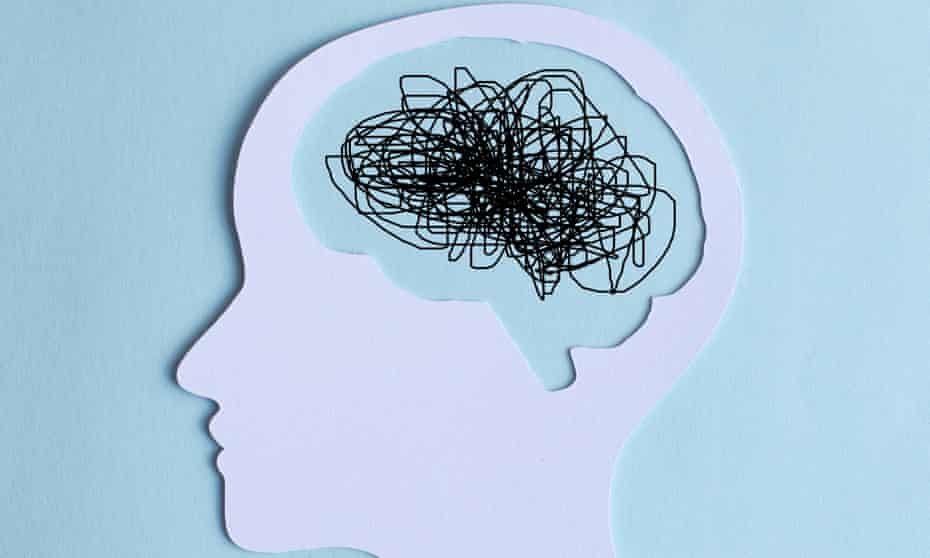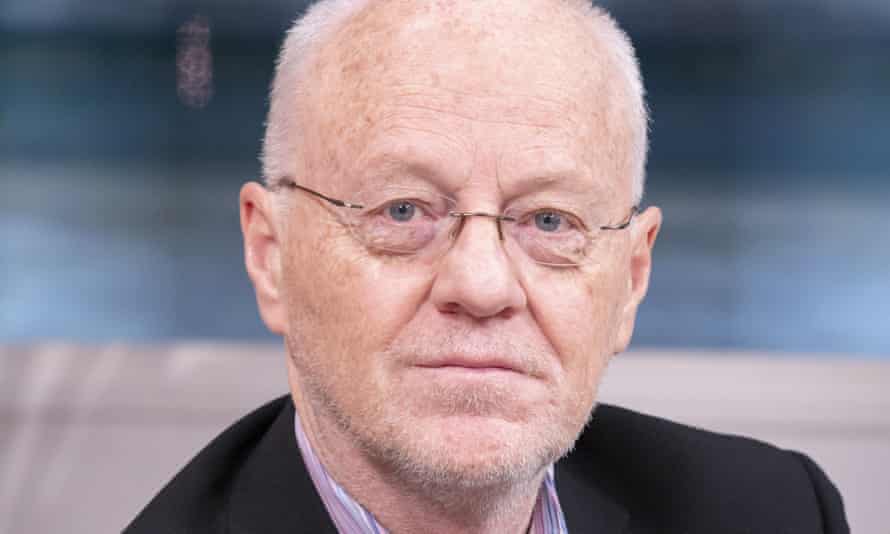Much against my better judgement I accepted the cookie thing from the Guardian so I could read this article on migraines from which I have suffered in the past.
My remedy was to stop eating the same thing all the time, stop eating processed food with preservatives and taking vitamin c every now and again.
The guardian article is written about sicentists addressing the symptom and not the cause which is as I have written above quite a simple remedy without any promises or medication except common sense! This article is all about self promotion by unscrupulous medicos wanting you to believe they have a miracle cure when the answer lies in your own hands.
Can migraines be untangled by new medical thinking?


Istarted yawning, and that was it. That was the sign a migraine was beginning, that I was rolling slowly down that padded cliff. It was inevitable that this would happen half an hour before my interview with neurologist Dr Peter Goadsby, the man forcing the world to take migraines seriously, inevitable but not ideal, so I sipped my water and watched as he scrolled through his Zoom backgrounds. Beach scene? Too casual. Meeting room with framed certificates? Too formal. Home study, with heaving bookcase? Just right.
How much do I know about migraine, Dr Goadsby asked politely, and I took a moment to consider. On one hand, too much. I have one now, I said. I’ve had them regularly since I was a child, an early memory being the evening I found I could no longer read a book and thought, oh well, nice while it lasted. A couple of years ago I was diagnosed as having had a series of strokes when I developed a blind spot in my right eye and later found that blind spot to be a “persistent aura”, the scintillating light that typically arrives at the beginning of a migraine, but in my case, never left. I have become so accustomed to breathing through headaches that I was reassured when I first felt labour pains – I knew this agony, I had survived it monthly. But on the other hand, I know very little. Something to do with blood vessels? Chocolate?
“Everything you’ve said so far,” he replied, “is unfortunately a very common experience. And that’s what is extraordinary to me. I mean, it’s extraordinary, isn’t it? That you, who seem like not a completely crazy person at all,” thank you, “have managed to go through life not really being focused on that pain. People accept their own normality, is my conclusion.”
He tells a story. Aged 17 in Sydney, Goadsby went to get his learning permit before starting driving lessons, but when asked to read the chart on the wall, he couldn’t make out even the largest letters. His mum told him he’d hurt his eyes from studying too hard and a few weeks later he returned, but still couldn’t read the letters. “I always thought I was normal, and then I got glasses. I wouldn’t consider myself stupid, maybe a bit… self-contained. But I realised it’s easy to have something that’s profoundly not normal and not really notice. So I was never surprised when people with headache didn’t recognise what was going on.” Though a billion people suffer from migraine (190,000 migraine attacks are experienced every day in England alone), it often takes a drastic change, like my sight failing, for them to seek treatment.
“It doesn’t matter how severe someone says a headache is – from a broad societal perspective, the thing that really counts is what the headache stops them doing. It’s the disability side of things, because people with migraine are in a very productive demographic. I remind my colleagues and any funders who care to listen, that migraine is a disorder of taxpayers.” It’s an argument that works. “Migraine is finally having its time.”
Though he brushes off the claim with gentle modesty, this is in a large part due to Goadsby’s pioneering research. “It’s due to technology really,” he insists. Two hundred years ago, he offers as an example, people with epilepsy would have been burned at the stake as witches. “So when you think about migraines, which are more complex than most other neurological problems in the sense that there’s no apparent marker – I can look at you, but can’t tell you’ve got migraine – brain imaging is crucial. You can image people’s brain during an attack and it shows differences. That focuses the mind. And specific treatments have been helpful in this regard. If you’ve got a treatment that’s for migraine, that implies migraine must be a thing. Whereas if the treatments are nonspecific,” because in the recent past, people with migraine have been prescribed drugs created to treat other things, like depression or epilepsy, “perhaps it’s not. As that technology has evolved – imaging, genetics, pharmacology, research time – that’s given migraine a leg up.”

As, of course, has he. Goadsby first became interested in migraine as a medical student in Australia. “The appeal was the challenge and the frustration. It seemed so neglected. It was seen as a ‘silly subject’.” Many doctors believed it was a psychosomatic condition related to stress. And pain disorders are difficult to research, as pain is subjective. Plus, there’s the gender thing. Goadsby sighs. “Go back 40 years. You don’t have to be a rocket scientist to work out that, if three out of every four people with migraine are women, and there’s a comorbidity, a biological problem of anxiety and depression, and there are periods involved, what is that going to produce? Some stupid interpretations from doctors, who say they’re crazy.” He seems really quite cross. “But there’s such profound biology going on, with circulating oestrogen levels, I’ve never understood why they would think it was anything other than biological. You don’t need a craziness explanation, because you’ve got biology sitting in front of you. I think there was a protective mechanism for a long time, where physicians hate to say they don’t know, hate to accept that they’re impotent in something. So the alternative to ‘I don’t know,’ is, ‘The person in front of me is crazy.’ So it’s a disorder of women. So what? Get a grip and move on!”
In 1985, Goadsby met a Swedish physician named Lars Edvinsson who shared his interest in a molecule called “calcitonin gene-related peptide” (CGRP), which neurons use to communicate. Edvinsson suspected it had a key role in migraine; Goadsby agreed. They formed a partnership that continues today. And this year, along with Edvinsson and two other scientists, Goadsby won the prestigious Brain Prize. Their discovery that a biological mechanism triggers an attack, where blood vessels surrounding the brain open up causing pain, led to a new group of drugs that stop CGRP getting to its receptor, either by blocking the receptor or binding to CGRP itself. Goadsby had long suggested that there were “nerve-based mechanisms that might be important. But this was resisted by the mainstream for some time, because it didn’t fit with the narrative.” Migraine had long been considered to be a vascular disease, linked to the regulation of blood flow in the brain, rather than neurological in origin. “We turned out to be correct. And fortunately, in science, correct still wins.” Previous treatments had debilitating side-effects and only relieved the symptoms, never actually preventing the migraine, but these new drugs – they’re called Gepants – have been shown to improve the quality of life of many sufferers.
When Goadsby got a message that the foundation behind the Brain Prize wanted to speak to him, he avoided calling back, certain he must have filled in a grant form wrong. Migraine, he says, is a “Cinderella problem”. Not all diseases are treated equally – just as Cinderella could only watch from the kitchen as fabulous clothes and marvellous invitations were delivered for her stepsisters, some diseases miss out on research funding, celebrity-led campaigns and public awareness. Upon calling, and being awarded the prize (worth more than £1m) Goadsby said, “Cinderella has arrived at the ball as a welcome guest – and got the glass slipper.”






No comments:
Post a Comment